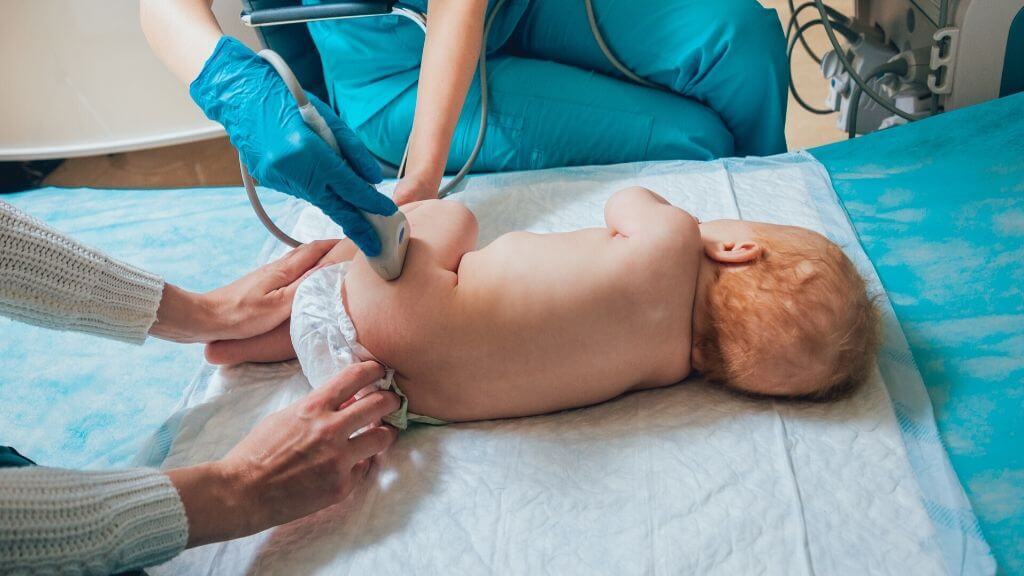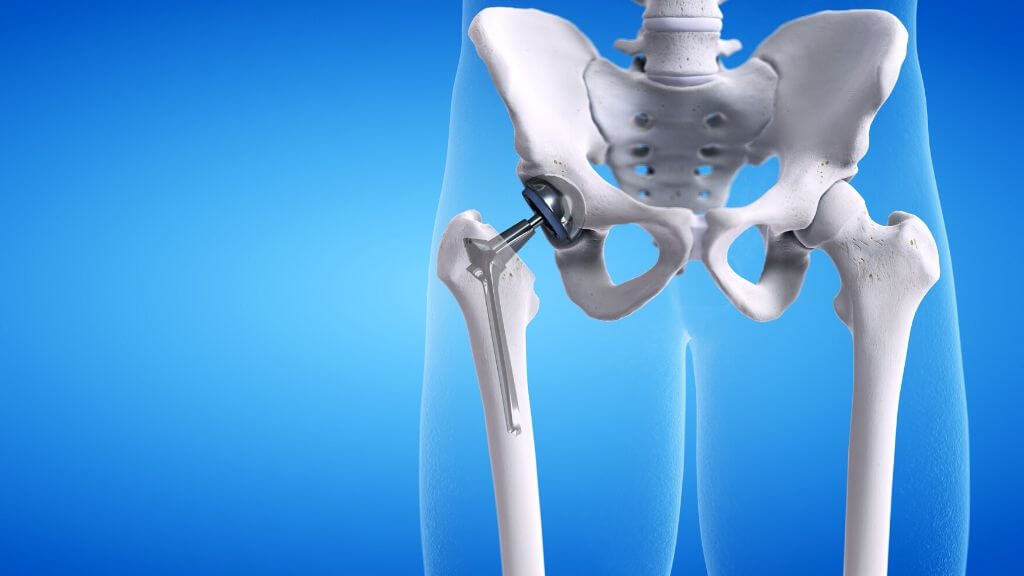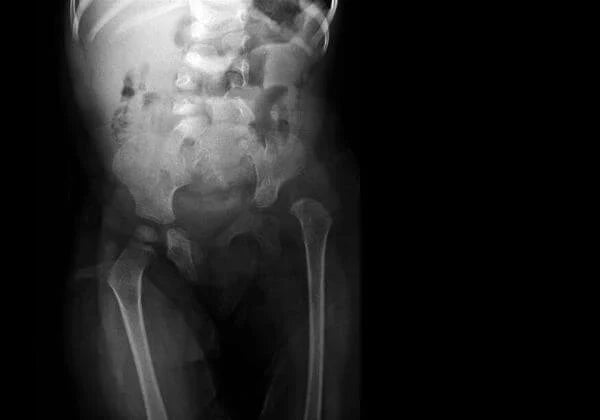Hip dysplasia is an unstable hip. When the hip socket does not fully cover the ball portion of the thighbone, the hip joint becomes unstable and can become completely dislocated.
Most people that have hip dysplasia are born with the condition, and the instability gets worse as the child grows. The condition is more common in females but can develop in anyone.
It is important to get regular checkups during pregnancy to monitor the position of the baby, as well as follow-ups in the first year of birth to identify any hip dislocation.
What Causes Hip Dysplasia?
The most common cause of hip dysplasia is when children are born hips first. There is also a genetic component to the condition, as your family history impacts the risk you will have.
Confinement in the uterus can also contribute to the development of hip dislocation. This is more likely to occur in first pregnancies when the uterus has not yet had time to stretch.
Hip dysplasia in adults is common after the age of 50 and can be caused by injury, weakened bone strength, or complications from having hip dysplasia as a child.

Hip Dysplasia Symptoms
There are not always going to be symptoms for hip dysplasia, so doctors will routinely check for this condition. If there are any symptoms, they can include:
♦ Limited range of motion
♦ Uneven folds on the legs when legs are extended
♦ Legs that turn outward
♦ Legs that appear to be different in length
♦ Hip Dysplasia Diagnosis
Screening for hip dysplasia happens at birth and regularly over the first year of life. Hip dysplasia in adults is diagnosed through physical examination and diagnostic testing.
The Trendelenburg test is conducted to identify if one side of the pelvis is dropping as you walk. Hip dysplasia causes limping to one side, and the dropped hip can also be visible when standing. Pain is often one of the first signs of dysplasia, and muscle aches on the side of the affected hip are also common.
X-rays are also done to see the severity of any bone damage caused by or contributing to the displaced hip joint.
Treatment for Hip Dysplasia
Treatment for hip dysplasia involved supporting the hip, and this can be done by realigning the joint. Medications can be used to reduce pain and discomfort, but ultimately procedures need to be done as the hip joint cannot repair itself.
Babies and children can wear corrective braces to help realign the hips as they grow, but surgery is needed once an adult develops hips dysplasia. Sometimes a non-surgical procedure known as traction can be done to stretch the ligaments before surgery will be tried.

Hip Dysplasia Diet
Hip dysplasia cannot be cured by dietary changes, but balanced nutrition can benefit your healing process and promote bone strength and health. Excess weight is also a contributing problem to hip dysplasia, so following a healthy diet reduces weight and can help prevent unnecessary stress to your joints.
The ideal diet to promote bone health and reduce the risk of bone disorders such as hip dysplasia includes plenty of proteins, fresh fruits and vegetables, healthy fats, and foods high in vitamin D and calcium.
Natural Treatments for Hip Dysplasia
There are not any non-surgical treatment options for hip dysplasia that work effectively. Some solutions may be presented to you, but their benefits will not be long-lasting because the hip joint is unable to heal itself. It needs support that can only be provided through surgery.
Natural supplements can be taken to relieve inflammation and pain, but ultimately surgery is all that can repair hip dysplasia. You can support the hip by using canes or walkers to support your weight. Gentle exercises like yoga and Tai Chi can also restore balance and strength to your hips and promote movement.
Hip Dysplasia Surgery
A procedure known as periacetabular osteotomy is used to correct hip dysplasia. The goal is to change the orientation of the socket so it can better cover the ball of the hip joint. Small cuts are placed around the acetabulum so the socket position can be realigned, and screws are used to hold it in place.
In some cases, cuts into the upper femur may also be needed to improve the alignment of the hip joint. You can also get an arthroplasty, or joint replacement therapy, which uses artificial joints to replace damaged joints

Hip Dysplasia Statistics
♦ 1 out of every 1000 infants is born with hip dysplasia.
♦ Hip dysplasia that was missed in childhood is the reason for 5 to 10 percent of all total hip replacements in adults.
♦ Hip dysplasia in men accounts for 1 in 5 cases.
♦ Hip arthritis causes between 5 and 44 percent of hip dysplasia cases.
♦ Hip Dysplasia in Children
Hip dysplasia is the most common developmental hip deformity in children. When untreated, it is the leading cause of hip arthritis in adulthood.
Physical examination and diagnostic screening are done to identify and diagnose hip dysplasia in children, and treatment is non-surgical. A Pavlik harness is used to hold the hip in place in infants, and this is worn until scans show that the hip is stabilized. The standard length of time for this to work is between 8 and 12 weeks.
What Is the Long-Term Outlook?
Babies born with hip dysplasia generally do not have problems later in life, but hip joint problems can reoccur. The risk for hip arthritis increases for those that had hip dysplasia as a baby.
With surgical repair, hip dysplasia can be corrected, but healing time will depend on the severity of damage and your age. Lifestyle changes can help support recovery and will improve the quality of life and outlook.






